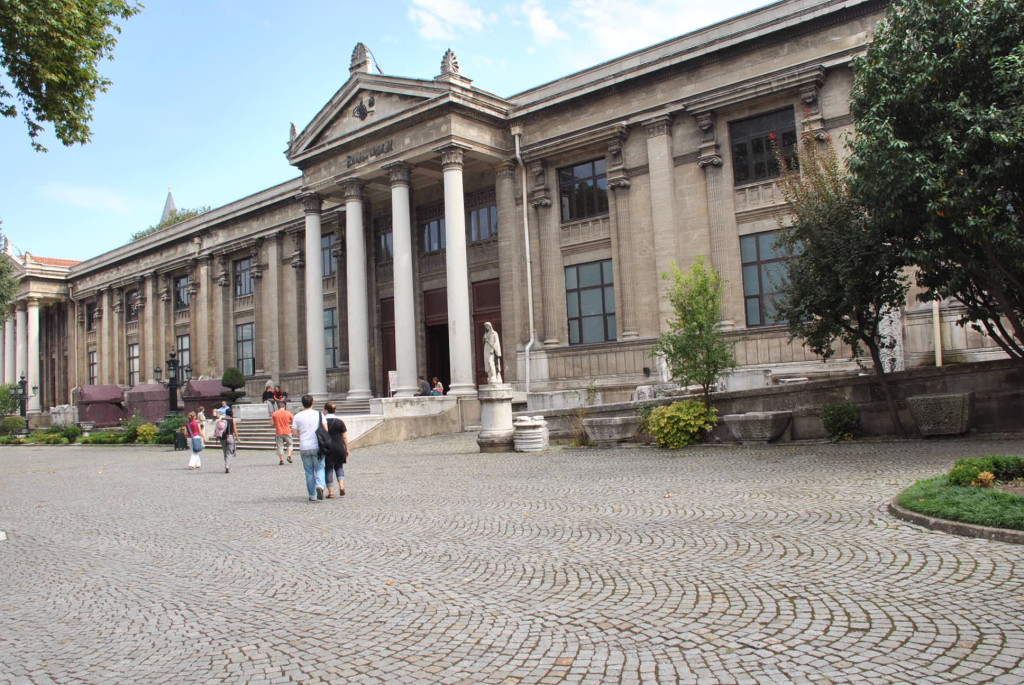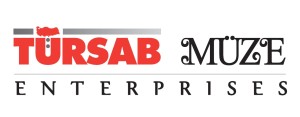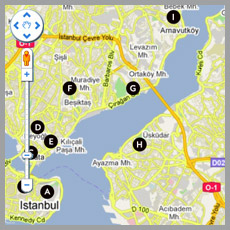By Elif Türkölmez
Some of the galleries of the İstanbul Archaeological Museums will be closed to the public until September, due to restoration and re-organization work to be carried out in accordance with modern museological practices, worthy of the 21st century. The first museum of the Ottoman Empire and Republic of Turkey, the İstanbul Archaeological Museums will undergo a new series of renovations. Seven halls of the classical main building of the museum founded 1891 by Osman Hamdi Bey, will be restored and reinforced against seismic risks by TÜRSAB, the Association of Turkish Travel Agen-cies. The endeavours in this direction aim at strengthening the building structure to protect its priceless collections and its visitors.
The walls and concrete columns are being reinforced with steel plates, the floor coverings with high resistance square tension bars. Infrastructure renovation is also on the agenda, air-conditioning, electrical and security systems are being repaired and re-installed. Exhibition halls are being remodelled to bring about a comfortably spacious architectural layout. The building designed by Architect Alexander Vallaury is among the rare examples of its kind in the world, conceived as a museum from the outset. It is now be-ing renovated in conformity with the requirements of a contemporary museum so that it will be able to compete with its counterparts around the world such as New York’s Metropolitan Museum, London’s British Museum or the famous Louvre Museum in Paris. Collections will remain accessible to the public! The halls number 13 to 20 in the south wing of the classical building will be closed during the first phase of the restoration. However, the most important pieces originally on display in these halls were transferred to the Assos Hall where a new exhibition space was arranged to this end.
At the second phase of the restoration, the renovated and re-organized south wing will be re-opened whereas the north wing will be closed to be renovated. The guiding principle in this respect is not to deprive the visitor from seeing the treasures of the museum. Then the works of art to be transferred include major pieces such as the Athena Statu-ette, the Alexander the Great Head, the Hermes Sculpture, the Emperor Marcus Aurelius Bust, the Emperor Augustus Bust, the Great Agrippina Bust, the Wrestlers and Musicians’ Ceremonial Scene, the Charioteer Relief, the Lion Sculpture, the CockfightDi-recting Eros Group Sculpture, the Farewell Scene Grave Stele, the Artemis Statue, Female Poet Sappho’s Head, the Hermaphrodite Statue, the Marsyas Sculpture, the Aphrodite Statuette, Kithara Playing God Apollo and many more sculptures and tomb steles. Two wide-screen monitors will be installed in front of the en-trance to the closed sections, offering 3-dimension visuals showing the interior of these sections. The halls in question will re-open on 2016 following the completion of the renovation task. İstanbul Archaeological Museumscontinue to welcome their visitors with their three components, the Classical Building, the Ancient Near East Museum and the Tiled Pavilion. Restoring this museums’ compound is tantamount to rendering a great service to the country’s cultural and historical heritage.
TÜRSAB is indeed proceeding from such motivation while conducting the restoration work at the museum, intending to deliver a rewarding legacy to future generations, in terms of worthwhile museums capable of competing with their global counterparts. Evacuated during World War II Frequent restoration and re-organization of museums is a necessary task in order to bring them up-to-date with modern requirements. Recently, it was the case of the Queens Mu-seum in New York, which underwent a major renovation considered a successful archi-tectural achievement resulting in a more comfortable, visitor-friendly museum layout. The Ayasofya (Hagia Sophia) Museum, a property inscribed on the UNESCO World Heritage List, which is one of Istanbul’s foremost architectural treasures, was sub-ject to an extensive restoration supported by the Istanbul, European Capital of Culture 2010 Agency. Following the restoration of the main dome and the narthex, restoration of the lateral semi-domes and of the upper gallery floor, the conversion of the garden into an open-air museum and the restora-tion of the Sultan Mahmut I Library were completed.
İstanbul Archaeological Museums, among leading museums of the world, underwent several renovations. In 1903, the north and south wings were added to the main build-ing. Between 1969-1983, an annex was built due to the urgent need for additional exhibi-tion halls. The museum was evacuated for defence purposes during the Second World War and reorganized following the end of the war. The museum underwent a major restruc-turing from 1963 onwards and was re-opened in 1974. The Ancient Near East Museum was subject to a general maintenance in the years 1999-2000 and re-opened on 8 September 2000, acquiring its current state. In 2002, the roof of the main building was repaired.
Expert hands
Restoration is a specific technique different from alteration. It is essen-tial to preserve the original state and characteristics of the object or build-ing while proceeding with its restora-tion and to avoid any intervention prone to harm its historical value. The entrusting of sensitive restora-tion projects to reliable companies, experienced and tested in this domain is as relevant as the skills of their qualified craftsmen. Restoration and reinforcement work at the Classical Building is carried out by Güryapı, the company which performed the restoration of the Süleymaniye Mosque and Consulate General of Egypt building. Seçkin Architecture Bureau drew up the restitution and restoration projects. The earthquake reinforcement project of the museum was developed by Turkish-Italian joint venture firms SPC and OSM within the framework of the “Reduction of Seismic Risk and Emergency Readiness Project for the City of Istanbul”(ISMEP), under the responsibility of the Ministry of Culture and Tourism.
This article has originally appeared in “Müze” Magazine, published quarterly with the contributions of the Ministry of Culture and Tourism. We would like to thank TÜRSAB Museum Enterprises for sharing this piece with Istanbul Digital Platform followers.




















